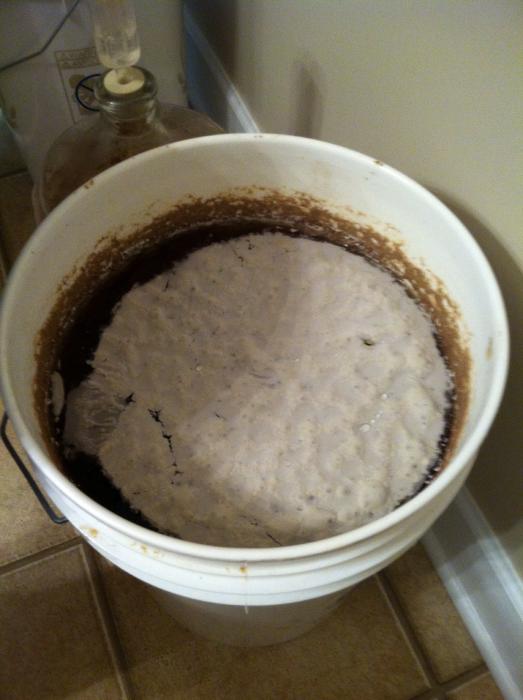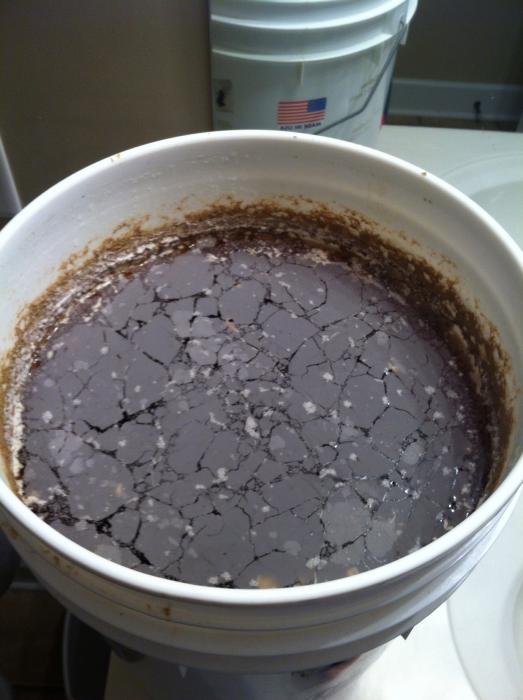tnbrewer371
Well-Known Member
so asking if beer can mold? i brewed a double ipa with a considerable amount of rye at the begining of november, well with holidays and work requirements...im just getting around to dry hopping it, this isnt my normal schedule...my normal schedule is 4 weeks in primary than dry hop and bottle, im usually pretty good about keeping up with my beer but i let this one kinda fall to the way side..anyway, opened it up to dry hop it today and saw a waxy white film on top and wondering if it is possible it could be mold, it smells very alcholy so i know it has feremented out, is there anything else this could be? i havent dry hopped yet and im headed to take a hydro reading right now.... let me know what yall think im dealing with, surely someone has seen this before....





















































![Craft A Brew - Safale S-04 Dry Yeast - Fermentis - English Ale Dry Yeast - For English and American Ales and Hard Apple Ciders - Ingredients for Home Brewing - Beer Making Supplies - [1 Pack]](https://m.media-amazon.com/images/I/41fVGNh6JfL._SL500_.jpg)








